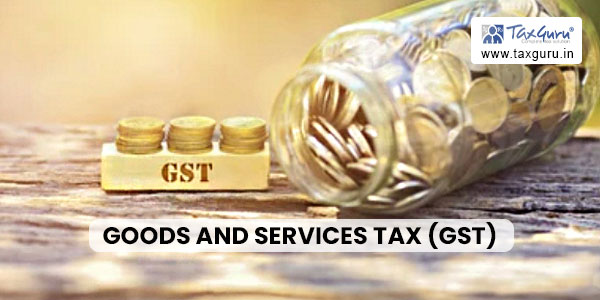I. Introduction
The implementation of Goods and Services Tax (GST) in India was a significant milestone in the country’s taxation history, replacing multiple indirect taxes with a comprehensive tax regime. A critical aspect of this new tax structure is the GST registration process, which businesses must undertake to comply with the GST rules. This guide offers a thorough exploration of this process, aiding businesses in navigating their path towards successful GST registration.
II. Determining Eligibility for GST Registration
The first step in the GST registration process involves assessing the eligibility of a business for registration. The eligibility criteria primarily revolve around the annual turnover of a business entity. Generally, businesses whose turnover exceeds the threshold set by the government are required to register under GST. However, this threshold varies depending on the type of business and its location. Therefore, businesses must accurately evaluate their eligibility against the stipulated rules.
III. Online Application for GST Registration
Once the eligibility criteria are met, the next step is to initiate the GST registration process through the GST portal. This involves completing and submitting the GST registration application form, known as GST REG-01. This form is accessible online on the official GST portal and is the primary tool for applying for GST registration.
IV. Collection of Necessary Documents
The GST registration process requires the submission of specific documents. These include the Permanent Account Number (PAN) of the business, identity and address proofs of the proprietors, partners, directors, or authorized signatories, proof of the business’s address, bank account details, and photographs of relevant individuals. Preparing these documents beforehand can expedite the registration process.

V. Submission of Application and Required Documents
The GST registration application, along with the necessary documents, must be completed and submitted online through the GST portal. Ensuring that all details in the application are accurate and all documents are correctly uploaded can facilitate a smooth registration process.
VI. Verification, Clarification, and Field Visit
Once the application is submitted, a GST officer reviews the application and its accompanying documents. This officer may seek additional information or clarification regarding the application. Moreover, in certain instances, the officer may conduct a field visit to verify the details provided in the application. It’s crucial for businesses to cooperate during this stage and provide any additional information or clarifications as requested.
VII. Issuance of GST Registration Certificate
Following the approval of the application, a GST registration certificate, or GST REG-06, is issued to the business. This certificate contains the business’s unique Goods and Services Tax Identification Number (GSTIN), which serves as a unique identifier for each registered taxpayer.
VIII. Timeline of the GST Registration Process
Typically, the GST registration process takes around 7-10 working days from the date of submission of the application. Businesses should account for this timeframe when planning their GST registration process.
IX. Amendments and Updates Post Registration
Once the GST registration is obtained, it’s crucial for businesses to keep their registered details up to date. Any changes to the registered details, such as the business’s name, address, or changes in partners or directors, must be promptly updated with the GST authorities.
X. Conclusion: Need for Professional Consultation
The GST registration process varies for different types of businesses like regular taxpayers, composition scheme taxpayers, non-resident taxpayers, etc. Therefore, businesses should refer to the GST rules and guidelines for their specific category and consider consulting with a tax professional or a GST practitioner. This ensures that they receive guidance tailored to their business type and circumstances, enabling them to navigate the GST registration process effectively. Understanding and complying with the GST registration process is fundamental for businesses in India, as it helps them meet their tax obligations and contribute to the nation’s economy.





